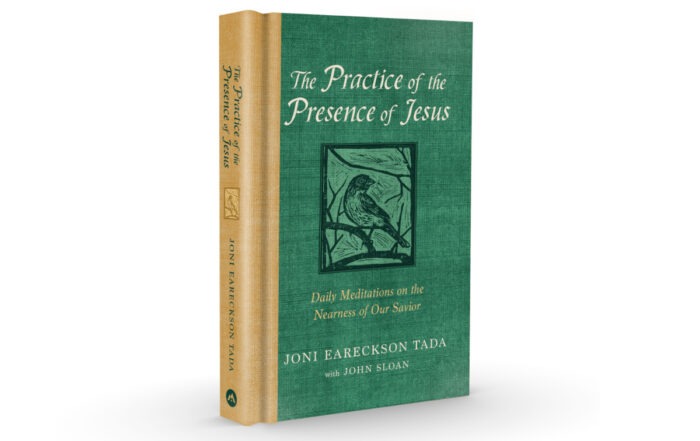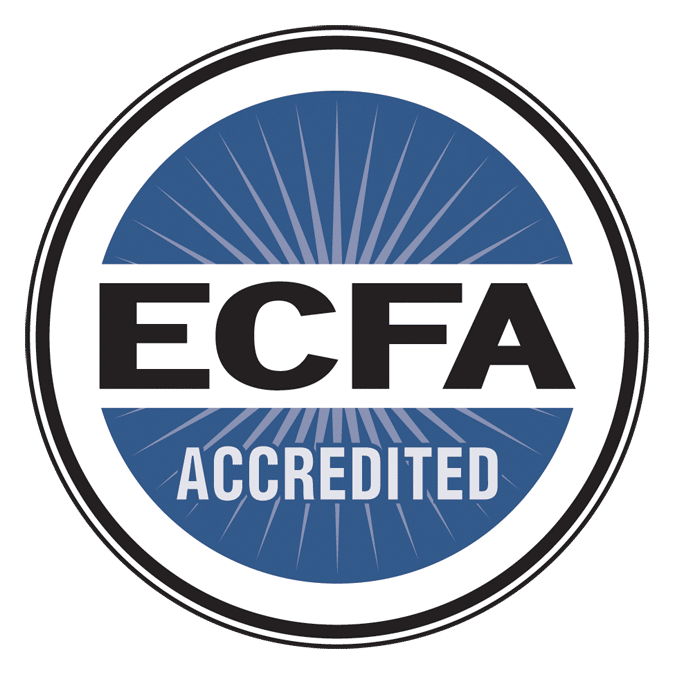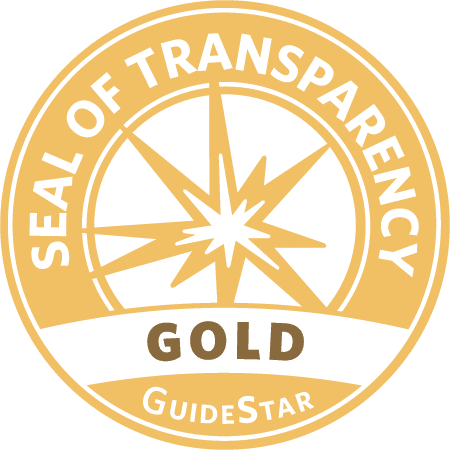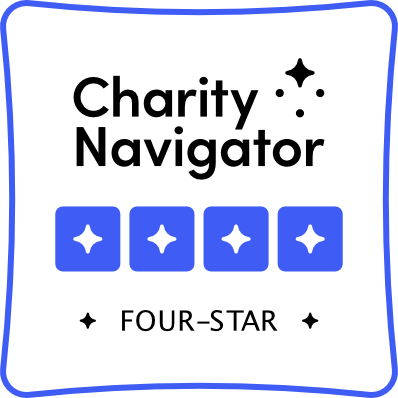God Relaxes the Bow
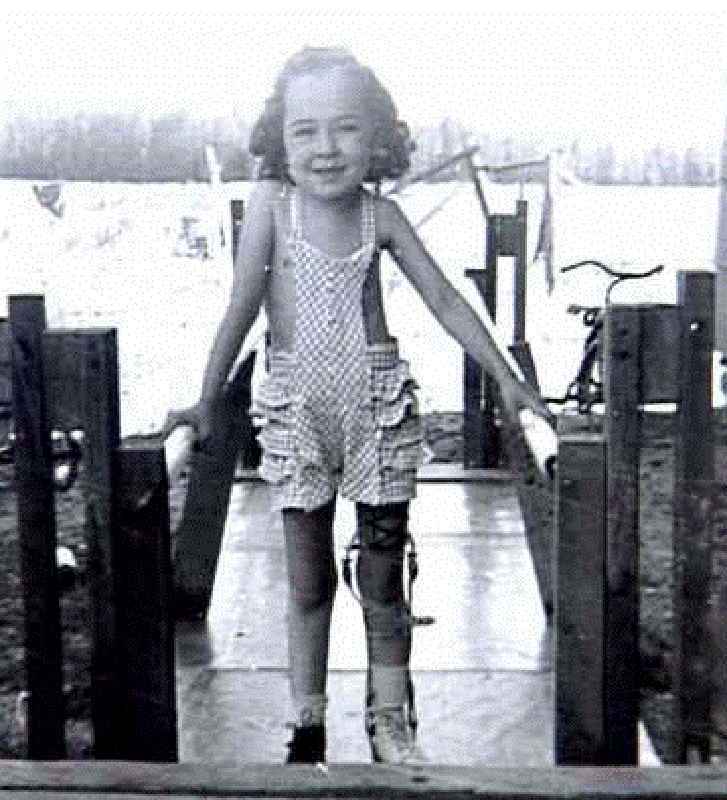 Off to the mission field with polio
Off to the mission field with polio
It was my second Christmas in Papua and I was having a 10-day break with some other single missionary gals from various agencies. We were where Elfrieda worked in the beautiful mountain setting of the Nduga tribe. One day Elfrieda said, “When we clear the dishes after dinner, we’ll sit around the table and brainstorm how to take Elinor with us to a picnic in the next valley tomorrow.” It would be at least an hour’s up-and-down trek on winding narrow trails on mountainsides. Trails my polio-weakened legs couldn’t negotiate.
When I was five years old, I had such a hard case of polio that I could not move a muscle for three months and was in the hospital for seven. When I left the hospital, all I could do was stand with the support of braces from toes to ribs. The braces locked at the knees and hips, and I leaned on a wall or crutches to stand. But that was a starting point. No one but God could have seen that one day I would be in such a primitive rugged setting as I was in that Christmas.
Transport through mission innovation
After dinner, we gathered at the table and offered ideas. Gail sketched out a plan on paper. “Two parallel poles a little wider than Elinor and about six feet long. There will be two men, one in front and one behind her. They will put the poles on their shoulders and carry her that way. But what do we do for a seat?”
If I sat on a board on top of the poles, it would likely toss me off along the uneven paths. I needed to sit between and below the poles.
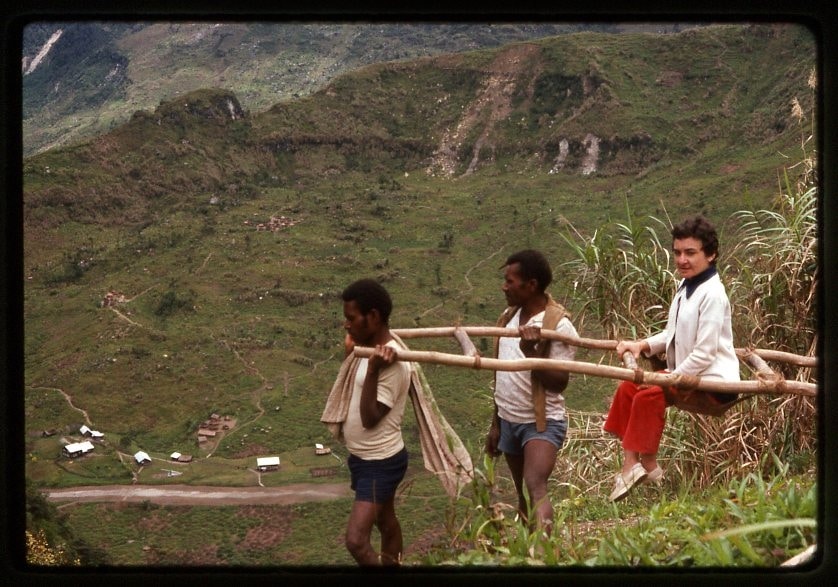 “Got it!” one gal said, “We’ll flatten a netbag and attach it with vines. It will hang below and between the poles in the middle. We’ll put a short board in the bottom and Elinor can sit there.” Gail sketched it out. We had the concept.
“Got it!” one gal said, “We’ll flatten a netbag and attach it with vines. It will hang below and between the poles in the middle. We’ll put a short board in the bottom and Elinor can sit there.” Gail sketched it out. We had the concept.
Early the next morning Elfrieda explained the plan to some Nduga men who went to work on the project. After breakfast, a crowd gathered to watch. Hired carriers put the invention on the ground so I could step between the poles, ready for them to lift it high enough for me to sit on the board. As they lifted the carrier to their shoulders, the watching crowd burst into excited chatter at this novel contraption. I was excited too. It was going to work.
Joy on mission
We set off. I can still smell the grass-scented air, feel the warming sun, see the greener-than-green mountainsides and valleys, and feel the joy. Joy at the fact and the ease of joining my friends on this picnic and also what I recognize now was joy at being valued enough that they would not think of excluding me, so without hesitation found a way to include me.
The story doesn’t end there, though. When I returned to my home in the Korupun valley amid the mountains of the Kimyal tribe, I described the carrier rig to a missionary team-mate, and soon I had an even sturdier model made of hardwood poles that wouldn’t rot. I named it my MTS, Mountain Transport System. Some years later, another colleague made one out of aluminum. I could take it apart into short lengths that could go in the pod of a Cessna airplane so I would have it with me when I flew to another area.
But that still isn’t the end of the story. My main task at Korupun was Scripture translation for the Kimyal tribe. The Mountain Transport System so lovingly invented by friends gave me a unique advantage in language and culture learning opportunities.
An unexpected advantage
If I had been physically normal, I would have gone to villages to sit, chat, and initiate conversations where I would hear and learn specific aspects of grammar and culture. That is a common and good method for learning a language. I did that, but also, as the Kimyal men carried me around the trails, they chattered to each other about things I would never have known to ask them to talk about. I heard how they talked naturally, not just in a way they knew I could understand. They talked about things I did not know about, things that were on their minds, not mine. It was as if I was invisible.
I heard how they saw their world.
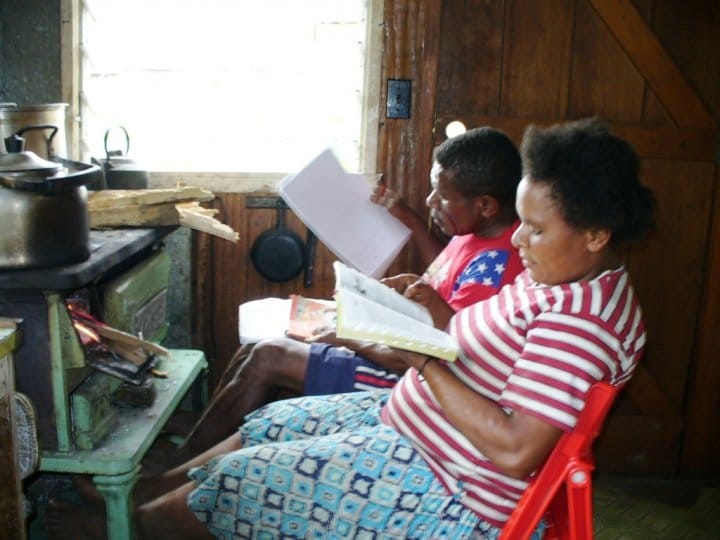
Anyone could have learned most of those aspects of the language and culture over time, but I didn’t have the luxury of extended years. They needed and begged for Scripture in their language “Now!” God knew I would only have not quite 18 years in Papua. That’s not long when you are trying to translate in an extremely complicated language the range of Biblical books that cover genres from story to theology to poetry to visionary. You need not only a wide vocabulary and a clear understanding of the fine points of grammar, but also you need to be able to see the picture that the words will paint in the reader and hearer’s heads.
A Bible translator at work
I loved translating a summary of Joshua, seeing in my head the tribal life and war scenes as the Kimyal readers, users of bows, arrows, and spears, would see the scenes. Translating Acts, I could see in my mind the ships the Apostle Paul sailed on, but the Kimyal people knew nothing about boats and seas – no boat could float on their rushing, white-water rivers. They did not know about oceans. What local analogies could I use to talk about ships and seas? The picture language I had heard on the mountain trails gave me a starting point to ask Kimyal helpers the right questions to eventually find a way to paint Paul’s journeys in Kimyal heads.
Theological terms were even harder. Kimyal culture had no concept of forgiveness. Revenge was their top cultural virtue. Finally, I heard a story from an attempted raid that morning. It gave me the perfect phrase. Korupun pastors and elders had heard that warriors who hated the Gospel were coming over the trail to attack the Christians. The church leaders armed themselves with bows and arrows and hid in the bushes at a certain spot in the trail. At the right time, they jumped out of the bushes with their bows drawn, surrounding the would-be attackers. When those men were thoroughly terrified, the church leaders said, “In the name of Jesus, we relax the bow.” What a perfect picture for “forgive.” My translation said, “God relaxes the bow drawn against us.”
God’s provision in hindsight
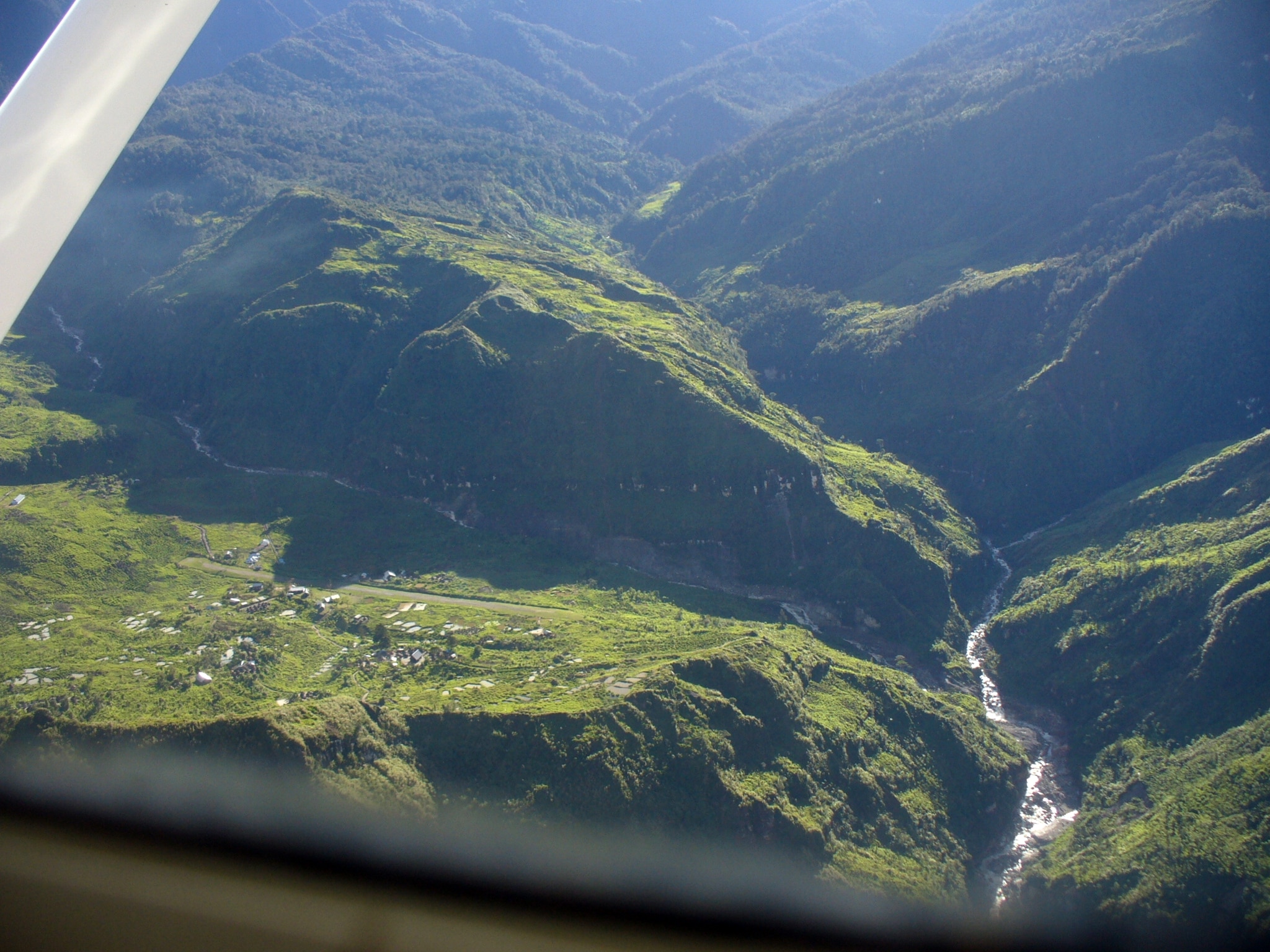
Friend, value the unique and even superior contribution God wants the disabled to have in making plain the Gospel to others both locally and around the world. Help them find a way to do that. Show them that you value the singular role they can have. What they do may surprise you.
Written By—Elinor Young
A former missionary linguist, Elinor is actively retired. She writes, mentors future missionaries, and edits World Team’s publication for children, Great Commission Kids.
Edited by David C. Deuel & Nathan G. John
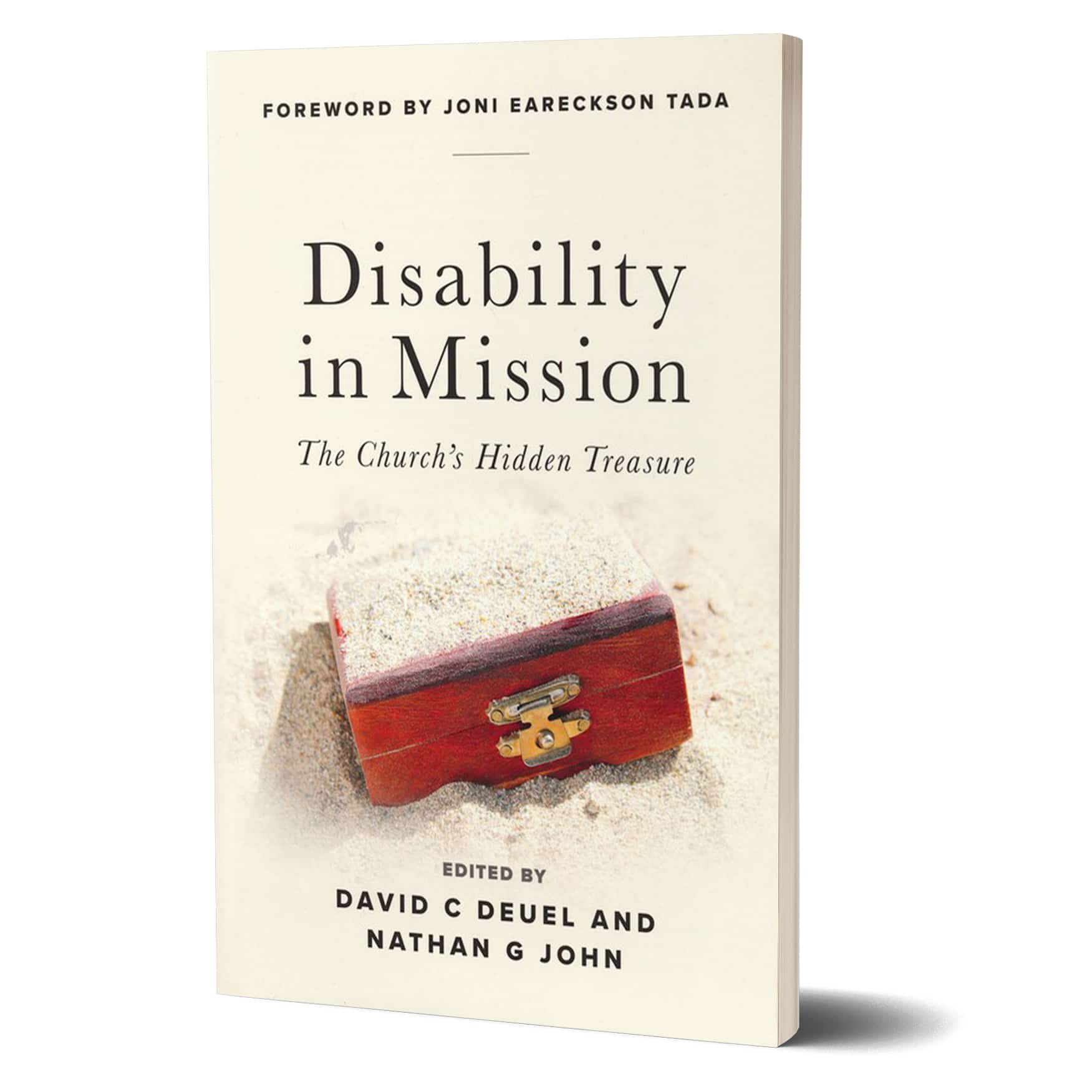
Disability in Mission
Disability in Mission: The Church’s Hidden Treasure outlines a radical change in approaches to missiology, missions, and praxis for the twenty-first-century global cultural context. It explores a pattern whereby God works powerfully in missions through disability and not in spite of it.


